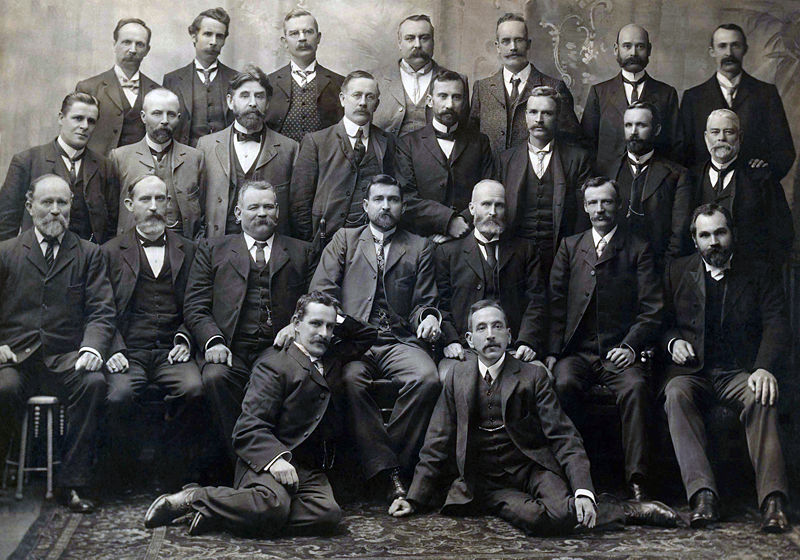On March 29–30, 1901, Australians embarked on a momentous journey as they participated in the first federal election in the nation’s history. This election, a pivotal moment following the Federation of Australia on January 1, 1901, which united six former British colonies into the Commonwealth of Australia, was a significant step towards shaping Australia’s democracy. The defining moment set the course for the nation’s political future.
Before 1901, Australia was not a single nation but a collection of six separate British colonies, each with its government. However, through the late 19th century, leaders pushed for federation, a vision that saw the light of reality on January 1, 1901. This day marked the birth of a unified Australia, a Commonwealth under British rule, and a moment of immense national pride.
With a new nation formed, Australians had to elect their first Parliament. This included 75 members of the House of Representatives and 36 Senators. Due to logistical challenges, particularly in remote regions, the election occurred over two days, March 29 and March 30. Different voting laws across states also complicated the process. For example, women in South Australia and Western Australia could vote, but in other states, they could not. Indigenous Australians faced legal barriers and voter suppression, making participation difficult. These challenges underscore the determination and resilience of the early Australian voters.
Several political groups competed in this election:
- Protectionist Party (led by Edmund Barton) – Supported tariffs to protect Australian industries.
- Free Trade Party (led by George Reid) – Advocated for removing tariffs and promoting open trade.
- Labour Party (led by Chris Watson post-election) – Focused on workers’ rights and social justice.
Election Results and Impact
- The Protectionist Party won 32 seats, but not enough for an outright majority.
- Free Trade Party secured 25 seats, becoming the main opposition.
- Labour Party gained 16 seats, holding the balance of power in Parliament.
As a result, Edmund Barton became Australia’s first Prime Minister, with the Labour Party’s support. The election shaped the nation’s political system, introducing the parties that had dominated traditional politics for decades.

